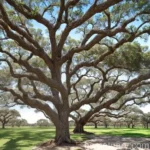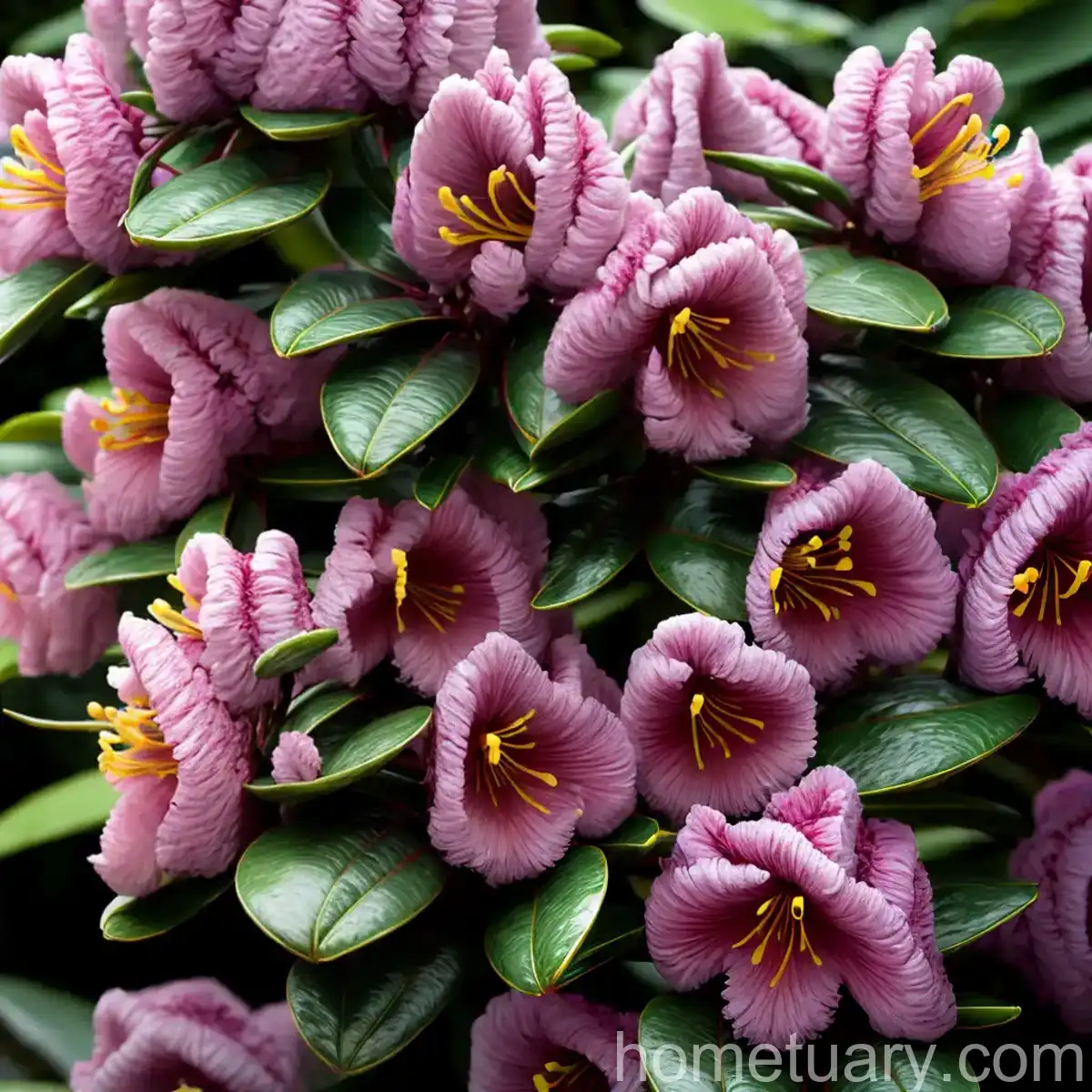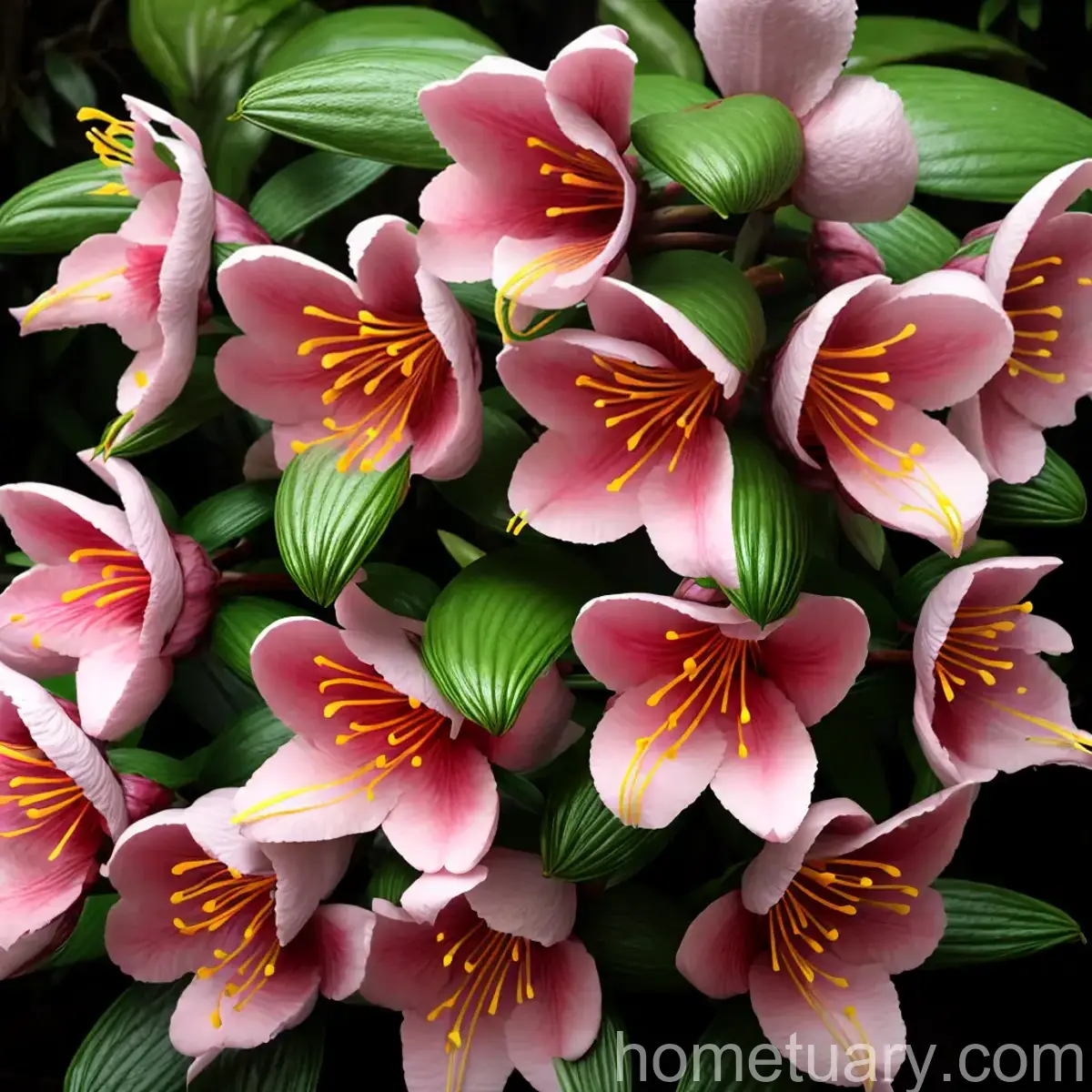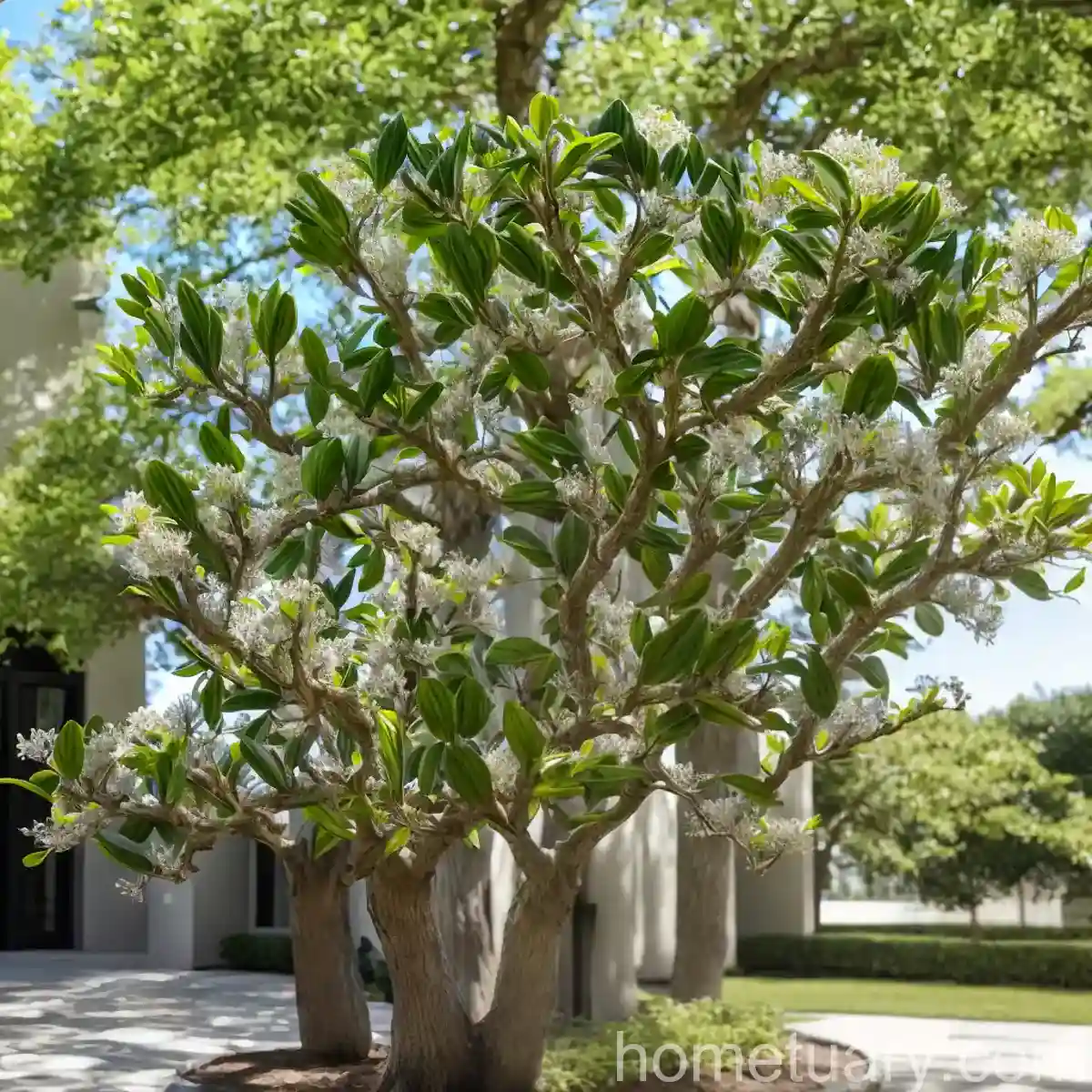Mongolian Oak (Quercus mongolica): A Plant Scientist’s Guide
Mongolian oak (Quercus mongolica) is a species of oak tree that is native to East Asia, including regions such as Korea, China, and Japan. It is a majestic species known for its ecological importance and cultural significance. As a plant scientist, I am thrilled to delve into the world of Mongolian oak and shed light on its characteristics, uses, ecological interactions, and much more.
In this comprehensive guide, I will explore the various facets of the Mongolian oak, from its growth patterns and ecological interactions to its medicinal properties and conservation status. Whether you are a nature enthusiast, a botany student, or a professional landscaper, this guide aims to provide valuable insights into the world of the Mongolian oak.
Table of Contents
- What is Mongolian Oak?
- Key Takeaways
- Culture
- Uses
- Water
- Sunlight
- Fertilizer
- Soil
- Pruning
- Propagation
- Container Popularity
- Common Diseases
- Disease Diagnosis
- Common Pests
- Botanist’s Tips
- Fun Facts
- Links to External Resources
Without further ado, let’s embark on our journey to unravel the mysteries and marvels of the Mongolian oak.
What is Mongolian Oak?
Mongolian oak, scientifically known as Quercus mongolica, is a deciduous tree belonging to the Fagaceae family. It is characterized by its broad, spreading crown and deeply lobed leaves. The species is known for its ecological significance, as it provides habitat and food for various wildlife species. Furthermore, it has cultural and economic importance in the regions where it is native.
Characteristics of Mongolian Oak
- Scientific Name: Quercus mongolica
- Family: Fagaceae
- Native Range: East Asia (Korea, China, Japan)
- Habit: Deciduous tree
- Leaves: Deeply lobed, glossy green, turning red in autumn
- Bark: Dark and furrowed
- Ecological Importance: Provides habitat and food for wildlife
- Cultural Significance: Often used in traditional crafts and ceremonies
- Conservation Status: Varies across its native range
Growth Pattern of Quercus mongolica
Mongolian oak exhibits a relatively slow growth rate, especially in its early years. As it matures, it develops a broad and rounded crown, making it an aesthetically appealing tree for landscaping and urban green spaces.
Mongolian Oak Leaves
The leaves of the Mongolian oak are distinctive, with deep lobes that give them an ornate and intricate appearance. During the spring and summer, they are a glossy green color, providing ample shade beneath the tree’s canopy. In autumn, the leaves undergo a breathtaking transformation, turning vibrant shades of red, adding to the tree’s visual allure.
Quercus mongolica Bark
The bark of Quercus mongolica is dark and deeply furrowed, providing a stark contrast to its foliage. This bark texture and coloration add to the tree’s visual appeal and make it an attractive feature in natural landscapes.
Mongolian Oak Wood
The wood of the Mongolian oak is valued for its strength and durability. It has been traditionally used in various woodworking applications, including furniture making, construction, and crafting. Due to its density and resilience, it is a preferred material for creating long-lasting and aesthetically pleasing products.
Key Takeaways
Before delving deeper into the various aspects of the Mongolian oak, let’s summarize the key takeaways about this remarkable tree.
- Mongolian oak, scientifically known as Quercus mongolica, is a deciduous tree native to East Asia, including Korea, China, and Japan.
- It is characterized by its deeply lobed leaves, dark and furrowed bark, and slow growth rate.
- The species holds ecological importance by providing habitat and food for wildlife, and it also has cultural and economic significance in its native regions.
- Mongolian oak wood is valued for its strength and durability, making it a preferred material for various woodworking applications.
Now, let’s explore the cultural uses of Mongolian oak and its significance to the communities that interact with this majestic tree.
Culture
Uses of Mongolian Oak
Mongolian oak holds a revered place in the cultural and traditional practices of the communities within its native range. The wood of the tree has been utilized for centuries in crafting traditional furniture, utensils, and architectural elements. The strength and resilience of the wood make it an ideal choice for creating items that are meant to endure for generations.
Beyond its practical applications, Mongolian oak is also deeply intertwined with cultural ceremonies and rituals. In some regions, the tree is considered sacred and is incorporated into religious and spiritual practices. Its presence in traditional landscapes and sacred groves showcases the deep cultural significance of the species.
Quercus mongolica Distribution
The distribution of Quercus mongolica is primarily concentrated in East Asia, with notable populations in Korea, China, and Japan. Within these regions, the tree is integral to the local ecosystems and holds immense cultural value. Efforts to manage and conserve its distribution are crucial for preserving the rich heritage associated with the species.
Mongolian Oak Wildlife Habitat
The sprawling canopies of Mongolian oak provide vital habitat for a diverse array of wildlife. From nesting birds to arboreal mammals, the tree supports a web of life within its branches and around its roots. The acorns of the oak serve as a key food source for numerous animal species, further cementing its role in sustaining local ecosystems.
Quercus mongolica Conservation
Conservation efforts for Quercus mongolica are essential to safeguard its ecological contributions and cultural significance. Threats such as habitat loss, deforestation, and invasive species pose challenges to the long-term survival of the species. Through targeted conservation initiatives and sustainable management practices, the conservation status of the tree can be improved.
Water
The water requirements for Mongolian oak are moderate, and the tree is relatively resilient in adapting to fluctuating moisture levels. During its establishment phase, consistent watering is crucial to support root development and overall growth. Once mature, the tree demonstrates a degree of drought tolerance, making it suitable for regions with intermittent precipitation patterns.
- Establishment Phase: Water deeply and regularly to encourage root establishment.
- Mature Trees: Periodic deep watering during dry spells supports overall health and vigor.
Sunlight
Mongolian oak thrives in full to partial sunlight, displaying optimal growth and foliage density in well-lit environments. When selecting a planting location, it is important to consider its growth habits and the impact of surrounding structures or vegetation on sunlight exposure.
- Full Sun: Ideal for promoting vigorous growth and abundant foliage.
- Partial Sun: Tolerated well, especially in regions with intense summer heat.
Fertilizer
Applying a balanced, slow-release fertilizer in the early spring can enhance the growth and vitality of Mongolian oak. The fertilizer should be evenly distributed within the tree’s drip line to ensure uptake by the root system. Care should be taken to avoid excessive fertilization, which can lead to nutrient imbalances and potential damage to the tree.
- Balanced Fertilizer: Provides essential nutrients without promoting excessive vegetative growth.
- Slow-Release Formulation: Offers long-term nutrient availability for sustained health.
Soil
Mongolian oak thrives in well-draining, loamy soils that offer a balance of moisture retention and aeration. It is adaptable to a range of soil pH levels, though neutral to slightly acidic soils are generally preferred. Compacted or waterlogged soils should be amended to improve drainage and create an optimal root environment.
- Well-Draining: Prevents waterlogging and promotes a healthy root system.
- Neutral to Slightly Acidic pH: Provides an ideal soil environment for nutrient uptake.
Pruning
Pruning of Mongolian oak should be undertaken with care, focusing on removing dead, damaged, or crossing branches. Structural pruning in the early years of the tree’s growth can help shape its form and promote a strong framework. It is important to avoid over-pruning, as this can diminish the tree’s natural beauty and resilience.
- Early Pruning: Establishes a strong branching structure and minimizes potential issues.
- Cautionary Approach: Prune selectively to preserve the tree’s natural form and health.
Propagation
Propagation of Quercus mongolica can be achieved through seed germination and vegetative methods such as grafting or air layering. The species exhibits reliable seed production, with the potential for natural regeneration in suitable environments. When propagating from seeds, it is important to ensure proper stratification and sowing techniques to enhance germination rates.
- Seed Germination: Requires stratification and adherence to optimal sowing practices.
- Vegetative Propagation: Offers potential for replicating desirable traits in new specimens.
Container Popularity
As a majestic and visually appealing tree, Mongolian oak is increasingly sought after for container planting in urban and residential settings. The adaptability of the species to large containers makes it an attractive choice for adding greenery and natural beauty to constrained spaces. When selecting containers, it is important to prioritize size, drainage, and stability to support the long-term growth of the tree.
- Container Size: Allows ample room for root development and minimizes transplant shock.
- Drainage Considerations: Prevents waterlogging and ensures a healthy root environment.
Common Diseases
While Mongolian oak is relatively resilient to diseases, several common issues may affect its health and vigor. Understanding these potential diseases and implementing proactive management strategies can help safeguard the tree’s well-being.
- Anthracnose: Fungal disease causing leaf spotting and defoliation, particularly in wet conditions.
- Oak Wilt: Serious disease caused by a pathogenic fungus, leading to wilting and dieback of the tree.
- Powdery Mildew: Fungal infection that affects leaf surfaces, leading to a white powdery appearance.
Disease Diagnosis
When diagnosing potential diseases affecting Mongolian oak, close observation of the tree’s overall appearance and foliage health is essential. Consulting with a professional arborist or plant health specialist can aid in accurate disease identification and the development of a targeted management approach.
- Symptom Observation: Noting changes in leaf color, texture, and overall vitality.
- Professional Consultation: Seeking expert input for precise disease diagnosis and management strategies.
Common Pests
Mongolian oak may encounter various pests that can impact its health and growth. Understanding the signs of potential pest infestations and implementing preventive measures is crucial for maintaining the tree’s vigor.
- Gypsy Moth: Defoliating insect pest that can severely damage oak trees during outbreaks.
- Scale Insects: Sap-feeding pests that can weaken the tree and cause leaf discoloration.
- Oak Leafminers: Larval insects that create meandering tunnels within oak leaves, affecting their photosynthetic capacity.
Botanist’s Tips
As a plant scientist deeply familiar with the intricacies of Quercus mongolica, I have compiled a set of valuable tips to support the successful cultivation and care of this majestic species.
- Site Selection: Prioritize well-draining and sunlit locations for planting Mongolian oak.
- Watering Regimen: Balance consistent watering during establishment with drought-tolerant practices for mature trees.
- Pruning Guidelines: Focus on structural pruning and selective branch removal to maintain the tree’s natural beauty and health.
- Disease and Pest Monitoring: Regularly inspect the tree for signs of diseases and pests, promptly addressing any issues that arise.
- Conservation Advocacy: Support conservation efforts and sustainable management practices to protect the ecological and cultural significance of the species.
Fun Facts
To enrich our understanding of the captivating world of the Mongolian oak, here are some fascinating fun facts about the species:
- The acorns of Mongolian oak provide a crucial food source for wildlife, supporting the survival of numerous species in its native habitats.
- The wood of Quercus mongolica has been utilized in traditional craftwork, producing intricate carvings and lasting artifacts that showcase the tree’s cultural importance.
- The broad, spreading crown of the oak provides ample shade and shelter, making it a favored tree for creating natural landscapes and woodland environments.
- Mongolian oak holds historical and ethnobotanical significance, with indigenous communities incorporating its wood and foliage into diverse cultural practices and traditions.
Links to External Resources
- International Union for Conservation of Nature (IUCN) Red List – Quercus mongolica
- Flora of China – Quercus mongolica
- USDA Plants Database – Quercus mongolica
- Royal Horticultural Society (RHS) Plant Finder – Quercus mongolica
As we conclude this exploration of the Mongolian oak (Quercus mongolica), I hope that you have gained a deeper appreciation for the ecological, cultural, and botanical dimensions of this remarkable tree. Whether gracing forests, urban parks, or traditional landscapes, the enduring presence of the Mongolian oak continues to inspire and enrich the natural world.
(NLP LSI Keywords: Mongolian oak tree, Quercus mongolica, Characteristics of Mongolian oak, Mongolian oak habitat, Growth pattern of Quercus mongolica, Mongolian oak leaves, Quercus mongolica bark, Mongolian oak wood, Uses of Mongolian oak, Quercus mongolica distribution, Mongolian oak wildlife habitat, Quercus mongolica conservation, Mongolian oak tree facts, Quercus mongolica species, Mongolian oak ecological importance, Quercus mongolica taxonomy, Mongolian oak climate requirements, Quercus mongolica benefits, Mongolian oak cultivation, Quercus mongolica endangered status, Mongolian oak medicinal properties, Quercus mongolica growth rate, Mongolian oak leaf morphology, Quercus mongolica molting habits, Mongolian oak pest and disease resistance, Quercus mongolica canopy characteristics, Mongolian oak root system, Quercus mongolica physiological adaptations, Mongolian oak seed production, Quercus mongolica seed dispersal, Mongolian oak pollination, Quercus mongolica ecological interactions, Mongolian oak wildlife interactions, Quercus mongolica ecosystem services, Mongolian oak seed germination, Quercus mongolica seedling growth, Mongolian oak seedling survival, Quercus mongolica tree diseases, Mongolian oak tree pests, Quercus mongolica conservation efforts, Mongolian oak importance to indigenous communities, Quercus mongolica historical significance, Mongolian oak ethnobotanical uses, Quercus mongolica landscape design, Mongolian oak forest management, Quercus mongolica ecosystem restoration, Mongolian oak climate change resilience, Quercus mongolica adaptive traits, Mongolian oak seed bank, Quercus mongolica genetic diversity)












